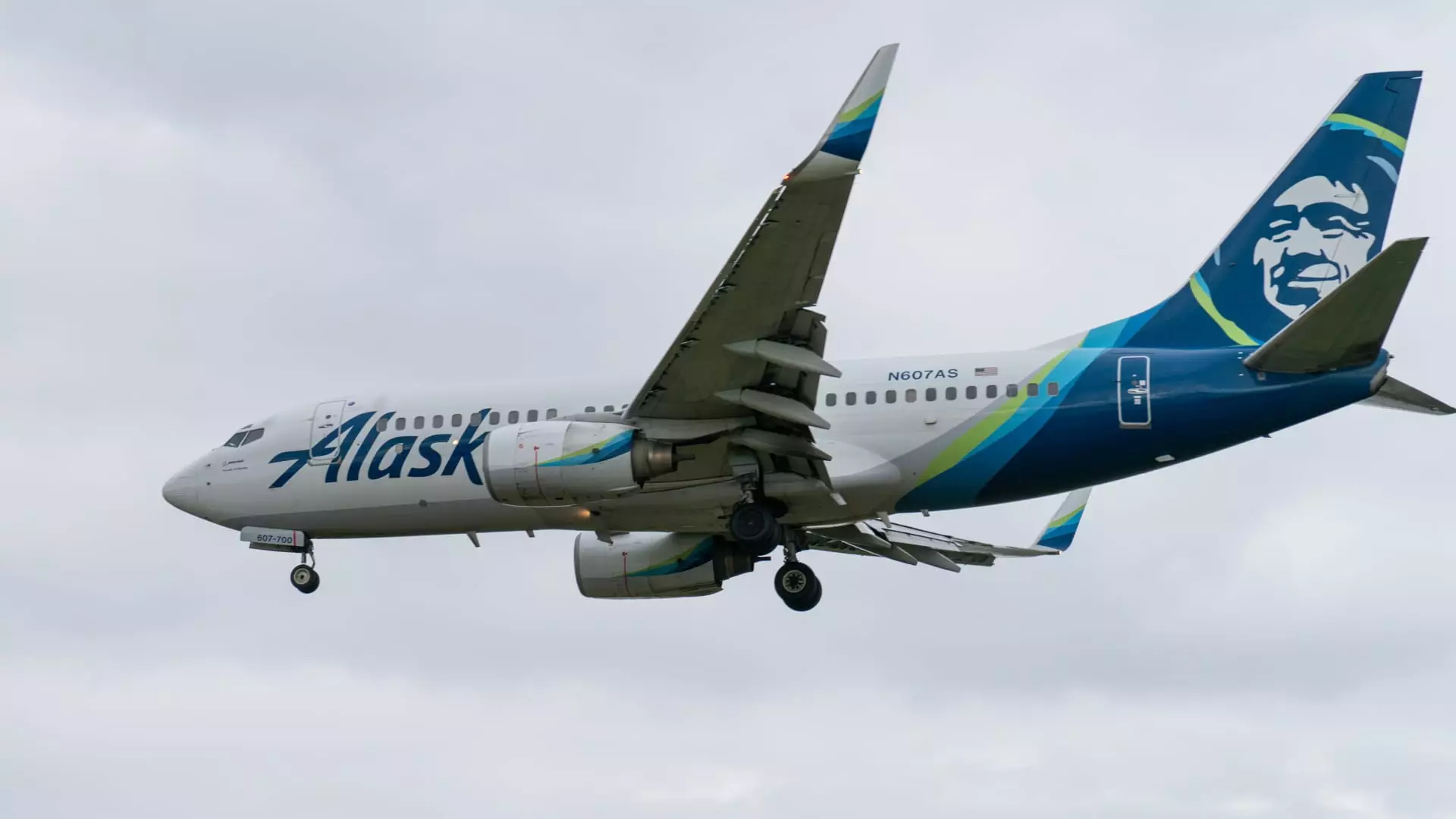Alaska Airlines and Hawaiian Airlines are poised to proceed with their anticipated merger, following a green light from the U.S. Department of Transportation (DOT). Valued at an impressive $1.9 billion, this merger agreement has already passed scrutiny from the U.S. Justice Department, clarifying its potential benefit to the aviation sector amid ongoing concerns surrounding consumer rights and competition. However, the merger approval comes with specific stipulations aimed at preserving the integrity of their respective loyalty programs and ensuring continued service for key routes.
One of the primary concerns of the DOT centers around the reward systems intrinsic to both airlines. The HawaiianMiles and Alaska Mileage Plan programs have amassed a dedicated following of airline customers who have invested considerable time and resources into accumulating points. The DOT is insisting that these miles, earned before the transition to a unified loyalty framework, remain valid and can be transferred at a 1-to-1 conversion rate. This condition reflects a broader mandate from regulators to ensure that mergers do not jeopardize consumer interests, especially when such programs form the backbone of customer loyalty in the highly competitive airline industry.
Beyond just loyalty programs, the DOT has mandated that both airlines continue to offer essential air support to rural locales and maintain the current frequency of passenger and cargo routes among the Hawaiian islands. Secretary of Transportation Pete Buttigieg emphasized the importance of these routes, which serve as lifelines for less populated regions. It’s a move that signifies the federal government’s commitment to ensuring that geographical diversity within air transport remains a priority, preventing consolidation from undermining rural connectivity.
As the airlines embark on their merger strategy, Alaska Airlines has signaled its intent to form an interim transition team dedicated to steering this monumental process. Within this framework, Joe Sprague, Alaska’s regional president with extensive oversight of Hawaiian operations, is set to ascend as the CEO of Hawaiian Airlines post-merger. This leadership transition is indicative of both airlines aiming for a seamless consolidation and unified operational strategy that maximizes efficiency while benefitting traveler experiences.
Market Reactions and Brand Identity
The merger move has already positively impacted Hawaiian Airlines’ stock, witnessing a rise of nearly 4% following the DOT’s announcement. This uptick reflects investor confidence in the potential of the merger to yield greater operational capabilities, enhanced service offerings, and a more competitive stance in the airline industry. Notably, both carriers plan to maintain their individual brands even while working under a common operational platform. Such an approach signals a respect for legacy while positioning for future growth, combining fleets that exceed 360 aircraft and covering more than 130 destinations collectively.
While the Alaska and Hawaiian Airlines merger presents exciting opportunities for growth and enhanced service, it also underscores a critical responsibility towards maintaining customer loyalty and ensuring that vital routes remain unaffected. The road ahead will require careful management as both airlines navigate the complexities of integration, compliance, and market expectations.


Leave a Reply